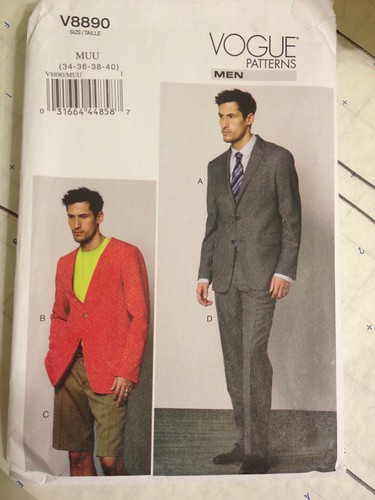Our ring leader had us practicing our skit over and over. And once on stage, I was glad for all of the repeated takes. Our skit was very short (probably a minute at most), but I felt like we were going light-speed, but all of the practices had us (more or less) hitting our marks.
During the course of our rehearsals (of which there were many!), we talked about our expectations. We went into the masquerade for the sake of doing it. Because of the number of really good entries and costumers, we discussed that AT BEST, we might get "Audience Choice Award" or some such.
(There were 41 entries, but one scratched, so only 40 total).
Photo by Jean Martin ©2014
Photo by Jean Martin ©2014
We had a mini-rehearsal that day @ 11am. Then we had to build our TARDIS, which was a PVC pipe framework. Our ring leader, who has a lot of experience in theatre, made the fame & covering. It was an ingenious piece of work, I tell ya. It was light enough to be carried by one person, but sturdy enough to withstand the stress we put it through.
At 5:00 pm, we had dress rehearsal with the full built TARDIS on the practice stage.
(Photo taken by Jean Martin. ©2014)
We had to get dressed and make-up done by 7:15 so as to take judges photos. And let me tell you, theatrical make-up is a pain to wear, but does help. The make-up artist who did my make-up was trying to give me as masculine features as necessary to play Tennant on stage (despite the big differences. Luckily, she knew a lot of drag queens. LOL.
My Viking had to do a double take, especially with the wig. (Theatrical makeup is not very attractive unless you're 10 feet away from me.)
The show started @ 8:30 pm - 11:00pm, but we had to wait around for judging (just in case). There were 40 official entries. I think we finally managed to leave around 1:30 am, so it was a very long day.
Just before we went on stage, some of us said would be happy if we got a huge round of applause. And when we got on stage and the Doctor Who music started, there was a LOT of hooting & hollering. And when we filed out, one-by-one, the crowd went pretty wild, which made us SO DAMN HAPPY.
There were a total of 13 of us...12 Doctors and my Viking in the Tardis (who had the awesome idea on how to end our skit. Our presentation was called "Twelve", but our entry number was "17"......which caused a slight bit of confusion a bit later...)
So, imagine OUR surprise when they were making announcements backstage and our number was called to get back on stage! We were shocked! When they lined us up in order of awards, we thought we were going to get at least an "Honorable Mention" from where we were.
But then, one of the stage managers told us we had to move because there was a mixup (which sounded like a mixup due to the numbering confusion. She moved us to the back of the line....when the last of the final awards were called....the TOP AWARDS.
Myself and some others were literally bouncing up & down in excitement, because when we got on Stage, we were awarded with JUDGES CHOICE! (which is 2nd place, essentially).
We got enough medals for each of the couples that wanted one. Talk about rush! One of our doctors was in shock about the award and I had to ask her a couple of times if she was okay. I honestly thought she was going to either start crying or faint.
From the ComicCon 2014 Masquerade website:
http://www.comic-con.org/toucan/comic-con-masquerade-2014-winners
- Judges’ Choice Twelve, Worn By: The Time Lords; Designed and Made By: The Time Lords -
- Honorable Mention for Re-Creation Twelve, Worn By: The Time Lords; Designed and Made By: The Time Lords
It turns out that we had won two awards, but it made no sense for them to call us back up twice -- once for the "Honorable Mention for Recreation" and then again later for "Judges Choice". So, they just moved us to the more prestigious section of the line!
And here's a video from some friends who taped it for us!
The award really made the show for us and justified all of the hard work that each of us put into our costumes.










































